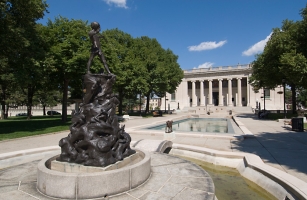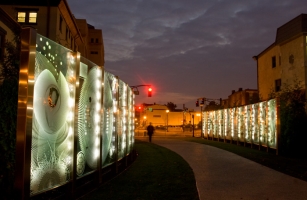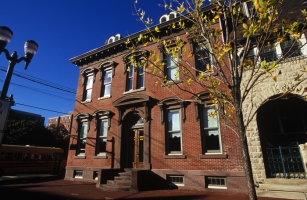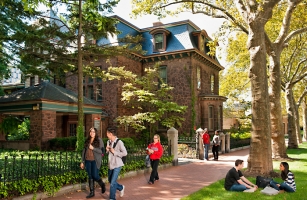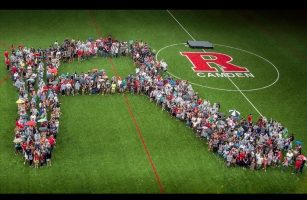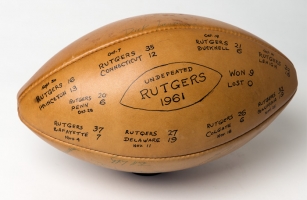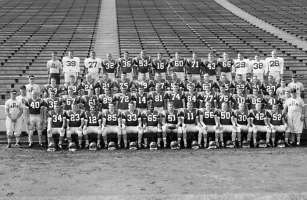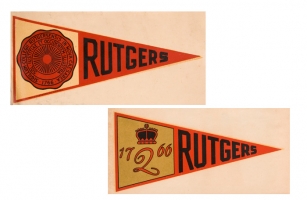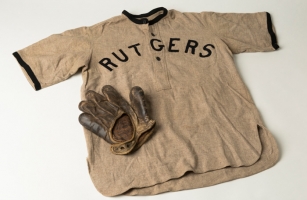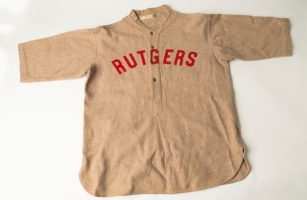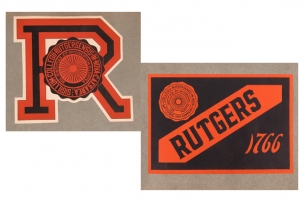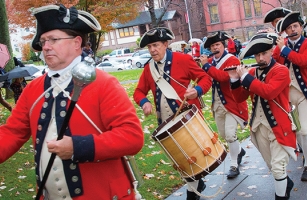
Rutgers 250 Kickoff Celebration
As dusk fell over the lawn at Old Queens on November 10, 2015, the glowing kettle fires lit the chilly, damp night air as the Rutgers community and friends gathered to commence the yearlong celebration of Rutgers 250th Anniversary. Despite rainy weather, hundreds of revelers strolled among the tents that dotted the lawn, meeting figures from Rutgers' past, playing historical trivia, and snacking on chili and cupcakes. The sound of the fife-and-drum corps, bell choir, and Rutgers Marching Band were heard throughout the event.
Highlights of the celebration included premiere screenings of the short film Our Revolutionary Spirit; the unveiling of the Revolutionary monument and the announcement of a Donate a Photo scholarship program, gifts from long-time neighbor Johnson & Johnson; the signing of a commemorative scroll; and a community bell ringing that marked the official start of the anniversary year.
Black on the Banks Conference Gallery
On November 6–7, 2015, in honor of Rutgers' 250 Anniversary, nearly 450 people including students, faculty, alumni, and guests attended the Black on the Banks: African-American Students in the 1960s Conference. Professor Douglas Greenberg welcomed attendees, many of whom participated in the five panel discussions held over the two-day conference. Faculty including Mia Bay, Carolyn Brown, Cheryl A. Wall, Edward Ramsamy, and Deborah Gray White moderated the discussions with panelists of alumni from Douglass College and Rutgers College from the Classes of 1964 through 1974. The conversations were candid and illuminating, and offered a first-hand account of the struggle for access in higher education and the experiences of African-American students during the 1960s and 70s. See the archive of the conference program. The event video will be available soon.
Rutgers University–New Brunswick: Then and Now
Rutgers University–New Brunswick is where it all started 250 years ago. The historic home of Rutgers began as a small, private college educating young men for the ministry and has developed into a premier public research university with more than 41,000 students studying in hundreds of fields of endeavor. Its research and scholarship are recognized worldwide, and it is the only public institution in New Jersey represented in the prestigious Association of American Universities, a highly selective organization comprising the top 62 research universities in North America. Rutgers University–New Brunswick is also a member of the Big Ten Conference and its academic counterpart, the Committee on Institutional Cooperation, a consortium of 15 world-class research universities.
Rutgers Biomedical and Health Sciences: Then and Now
Rutgers Biomedical and Health Sciences (RBHS) is New Jersey’s leader in academic health care with a widespread presence throughout the state. Established in 2013 when most of the University of Medicine and Dentistry of New Jersey was integrated with Rutgers, RBHS is aligned academically with Rutgers University–New Brunswick and collaborates universitywide. RBHS educates the next generation of health care providers with more than 7,900 students enrolled in its eight schools; provides health care and community service; and conducts basic science, public health, and clinical research.
Rutgers University–Newark: Then and Now
Rutgers University–Newark dates back to 1908 when the New Jersey Law School first opened. That law school, along with four other educational institutions in Newark—Dana College, the Newark Institute of Arts & Sciences, the Seth Boyden School of Business, and the Mercer Beasley School of Law—formed a series of alliances. In 1936, they merged establishing the University of Newark. A decade later, the New Jersey State Legislature voted to make the University of Newark part of Rutgers University. Today Rutgers University–Newark is a world-class research and teaching institution with more than 12,000 students, and is rated as the most diverse national campus by U.S. News & World Report.
Rutgers University–Camden: Then and Now
Rutgers University–Camden had its beginnings in the 1920s in the South Jersey Law School and the College of South Jersey. In 1950, the New Jersey State Legislature voted unanimously to place both schools under Rutgers University. Today Rutgers University–Camden is a rising lead institution among urban public research universities with more than 6,000 students and in 2015 ranked #2 as the "Best Bang for the Buck" among all northeast colleges and universities by Washington Monthly.
Athletic Memorabilia from the Archives
In honor of the school's original name, Queen's College, the early athletic teams were referred to as the Queensmen. Beginning in 1925, the mascot figure for football was a giant, colorfully felt-covered, costumed representation of the "Chanticleer." The chanticleer remained as the nickname for some 30 years.
In the early 1950s, in the hope of spurring the all-around good athletic promise and the RU fighting spirit, a campuswide selection process changed the mascot to that of a Knight. By 1955, the Scarlet Knight had become the official Rutgers University–New Brunswick mascot.
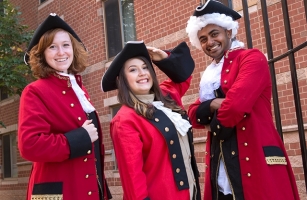
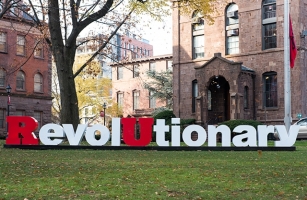

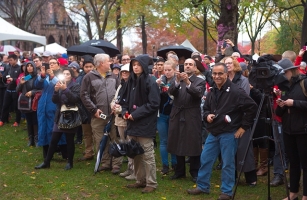
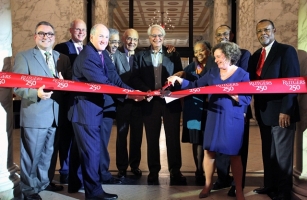
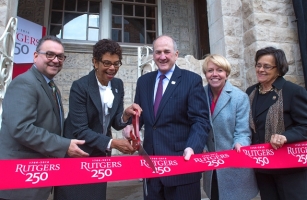
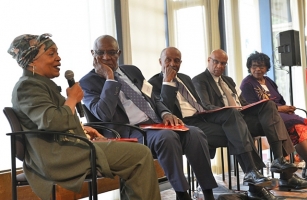
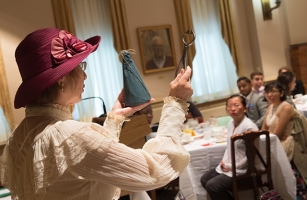
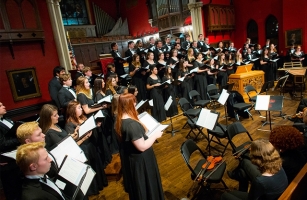
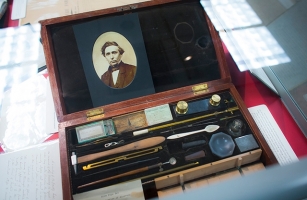
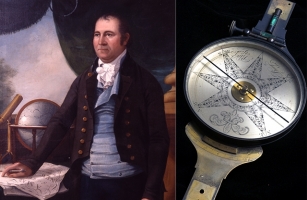
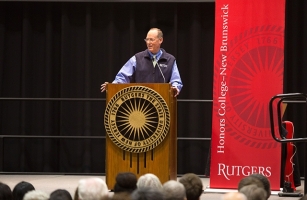
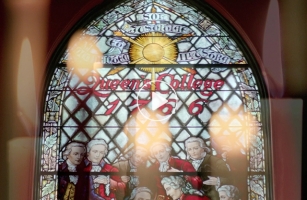
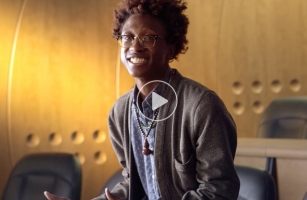
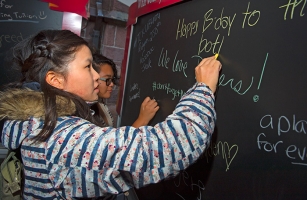
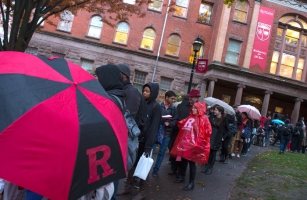
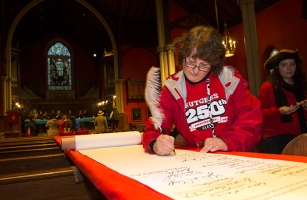
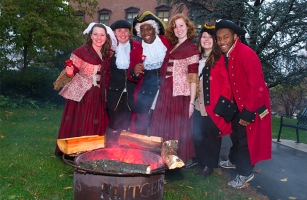

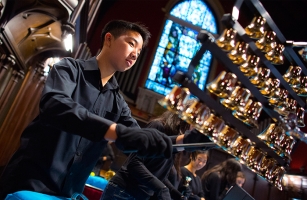
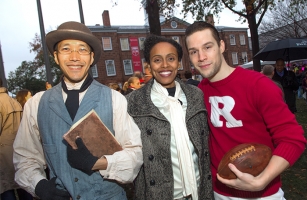
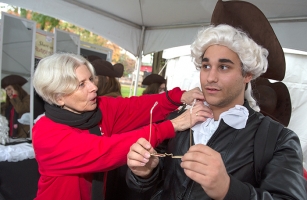
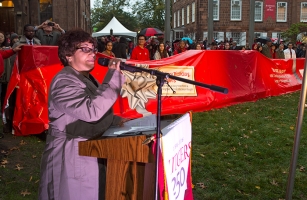
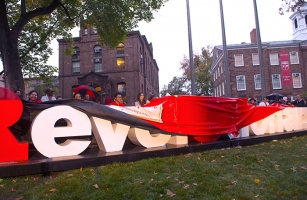
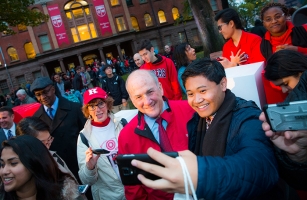
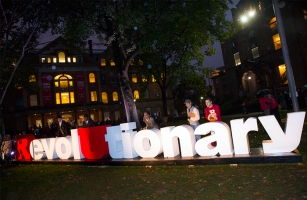
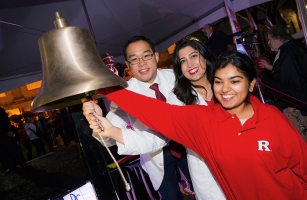
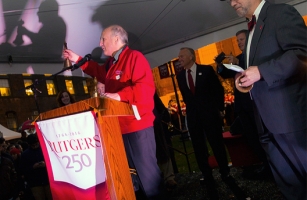
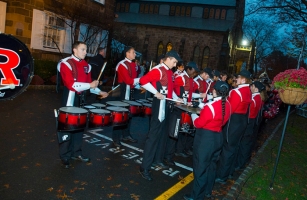

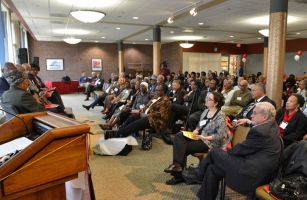
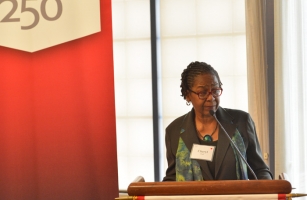
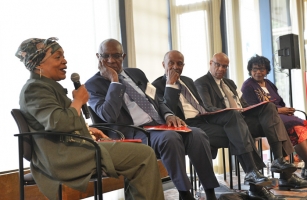
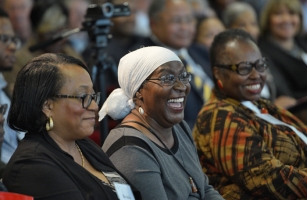
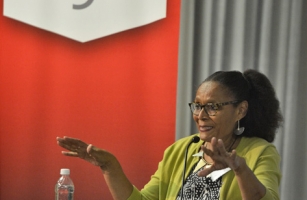
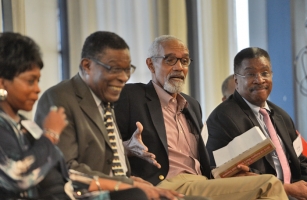
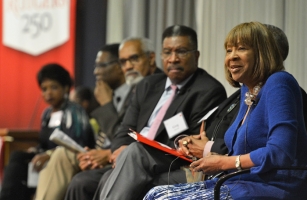


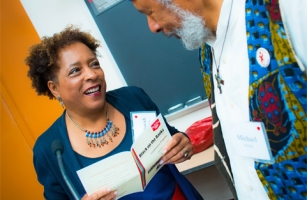
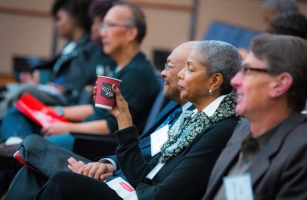

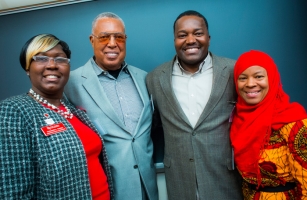
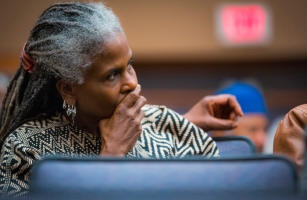
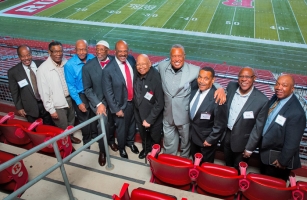
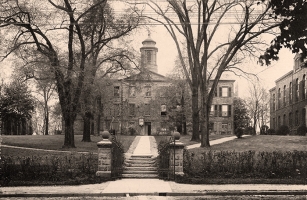
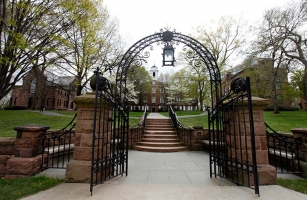
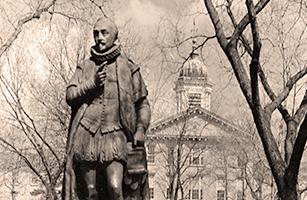
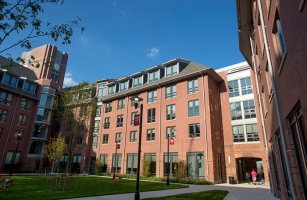
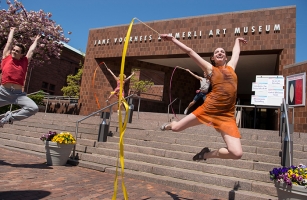

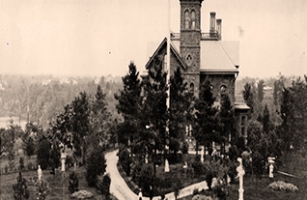
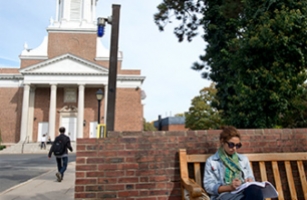
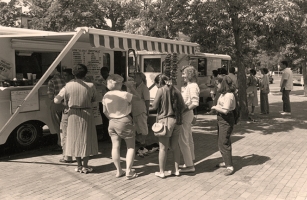
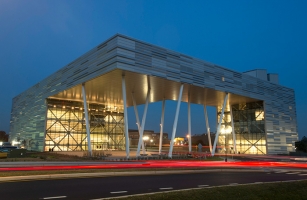
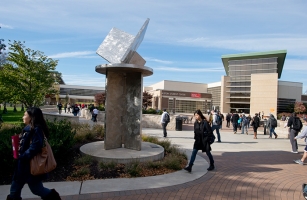

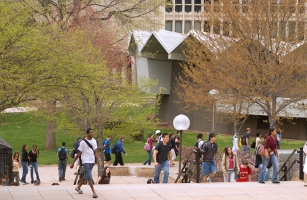
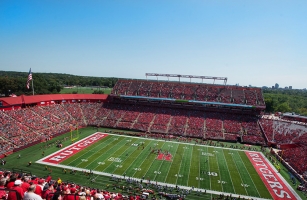

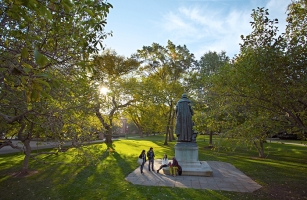
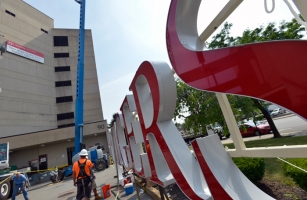
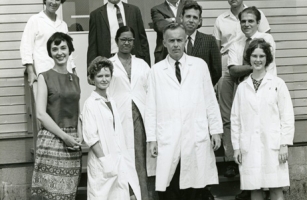
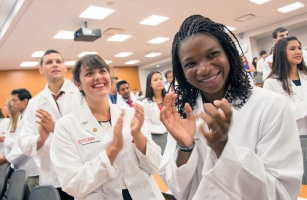
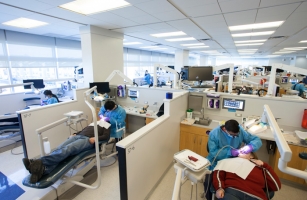

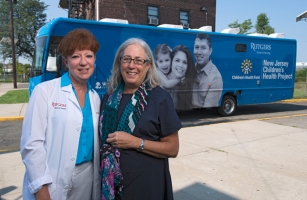
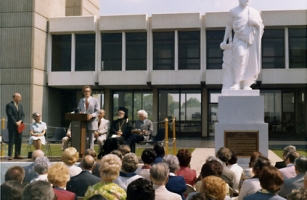


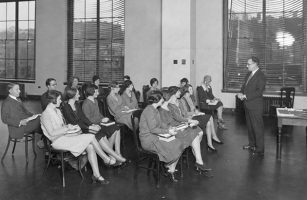

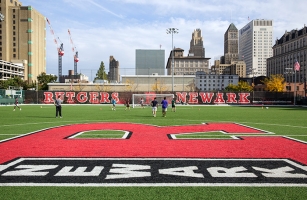

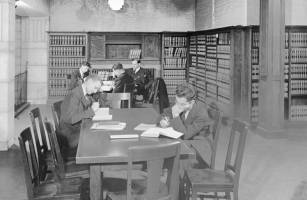

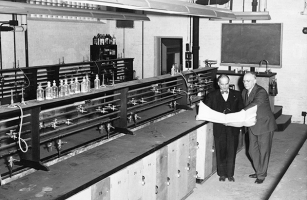
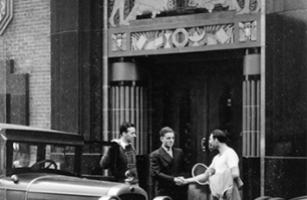
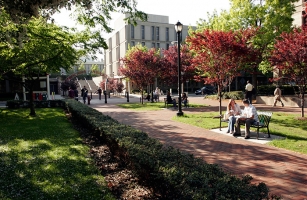
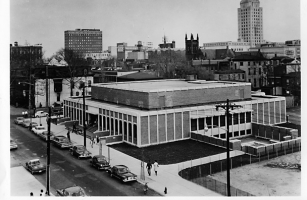
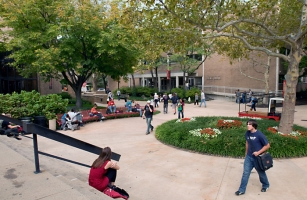
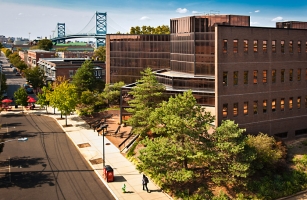
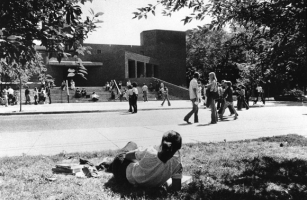
_ss.jpg.jfif?itok=ijj586MI)
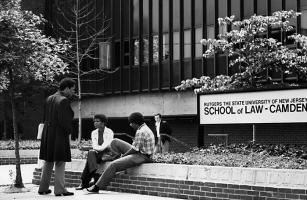
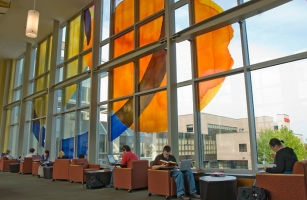
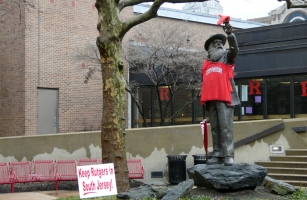
_ss.jpg.jfif?itok=xMaqe6bq)
